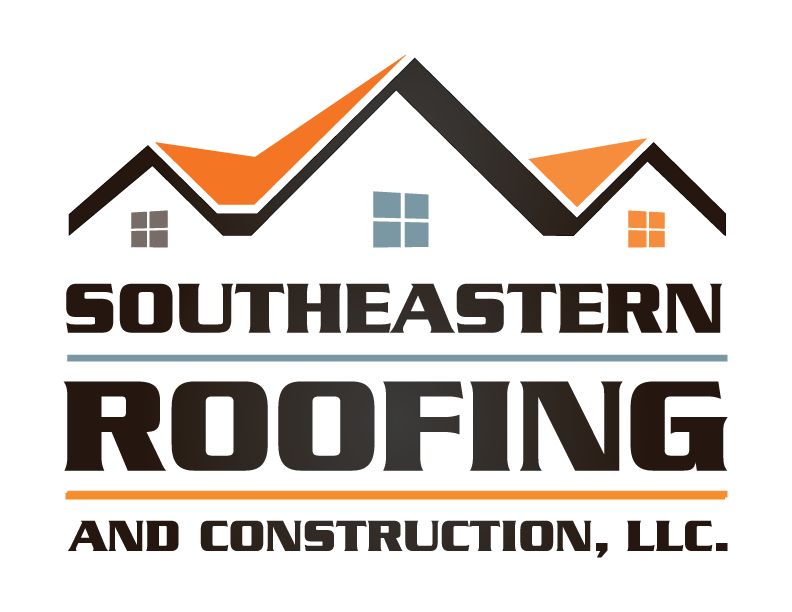Do you ever wonder how extreme weather affects the lifespan of your roof? Well, we’re here to inform you about the 5 best ways that Mother Nature can cut short the life of your roof. From heavy rain and flooding to high winds and hurricanes, these weather conditions can wreak havoc on your roof’s durability. Hail and ice storms, extreme heat and UV radiation, as well as snow and ice buildup, all pose a threat. Stay with us as we explore the impact of extreme weather on your roof’s longevity.
Key Takeaways
- Heavy rain and flooding can reduce roof lifespan due to water damage and mold growth.
- High winds and hurricanes pose a significant threat to roof lifespan by lifting and tearing off shingles.
- Hail and ice storms can cause significant roof damage, weakening its ability to protect against water infiltration.
- Intense heat and UV radiation shorten roof lifespan, leading to deterioration and higher cooling costs.
Heavy Rain and Flooding
We have found that heavy rain and flooding can significantly reduce the lifespan of roofs. Water damage and mold growth are common issues that arise from prolonged exposure to heavy rain and flooding. When roofs are constantly exposed to water, they can seep into the structure, causing rot, decay, and weakening of the materials. This can lead to leaks and further damage inside the building. Additionally, the force of heavy rain and flooding can cause erosion of roofing materials, such as shingles, tiles, or metal panels. The constant impact of water can wear away protective layers, leaving the roof vulnerable to leaks and other forms of damage. Regular inspections and maintenance are crucial to identify and address any water damage or erosion early on, ensuring the longevity of the roof.
High Winds and Hurricanes
High winds and hurricanes pose a significant threat to the lifespan of roofs. These extreme weather conditions can cause extensive roof damage and compromise the structural integrity of the entire building. The strong gusts of wind can lift and tear off shingles, exposing the underlying roof materials to rain, debris, and further damage. The high winds can also create negative pressure on the roof, causing it to lift and potentially detach from the building. This can lead to water infiltration, structural problems, and even collapse. To protect your roof from high winds and hurricanes, it’s essential to ensure proper installation and maintenance. Reinforcing the roof with hurricane straps or clips, using impact-resistant materials, and regularly inspecting for any signs of damage can help extend the lifespan of your roof and enhance its ability to withstand extreme weather conditions.
Hail Storms
Hail and ice storms present another threat to the lifespan of roofs, causing damage that can further compromise the integrity of the entire building. These extreme weather events can result in significant roof damage, leading to leaks, cracks, and even structural issues. When hailstones or frozen rain pellets impact the roof, they can dent or fracture the shingles, tiles, or other roofing materials. This damage weakens the roof’s ability to protect the building from water infiltration, potentially causing further problems such as mold growth and interior damage. As a result, homeowners often have to file insurance claims to cover the cost of repairing or replacing their damaged roofs. Now let’s explore how extreme heat and UV radiation can also impact the lifespan of roofs.
Extreme Heat and UV Radiation
One of the primary ways extreme weather shortens the lifespan of roofs is through the damaging effects of intense heat and UV radiation. These elements have a significant impact on roofing materials, causing them to deteriorate faster than normal. The intense heat can cause the materials to expand and contract, leading to cracks and leaks. Additionally, prolonged exposure to UV radiation can cause the roof to fade, blister, and ultimately weaken its structure. Not only does extreme heat and UV radiation directly affect the roofing materials, but it also has indirect effects on energy efficiency. The heat absorbed by the roof can increase the temperature inside the building, leading to higher cooling costs. As we transition into the next section about ‘snow and ice buildup’, it’s important to understand how extreme weather can have a cumulative effect on roof lifespan.
Conclusion
In conclusion, extreme weather takes a toll on the lifespan of roofs. Heavy rain and flooding can cause water damage and weaken the structure. High winds and hurricanes can rip off shingles and cause further damage. Hail and ice storms can dent and crack roofs. Extreme heat and UV radiation can cause deterioration and fading. Snow and ice buildup can lead to leaks and structural damage. It’s crucial to protect your roof from these weather elements to ensure its longevity and functionality.

